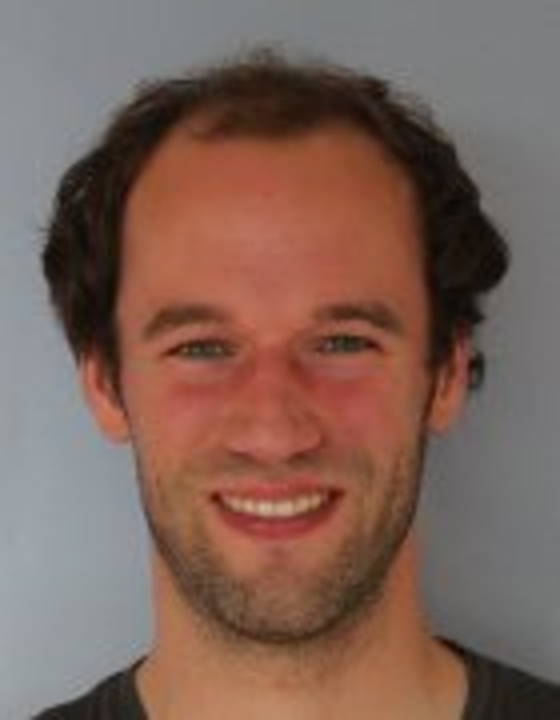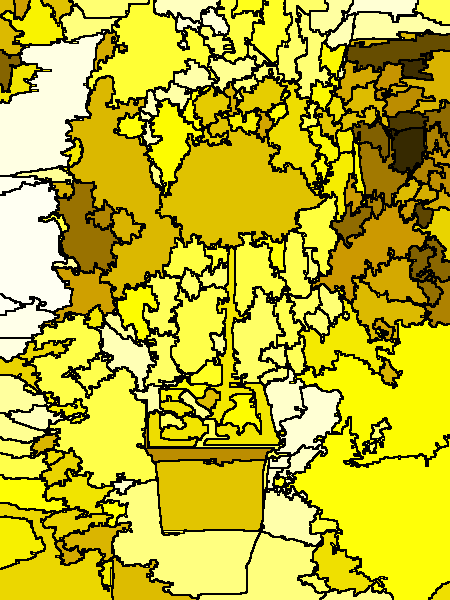
Technical University of Munich
School of Computation, Information and Technology
Informatics 9
Boltzmannstrasse 3
85748 Garching
Germany
Fax: +49-89-289-17757
Mail:
Now at MIT
I have moved to the Computer Science and Artificial Intelligence Laboratory at the Massachusetts Institute of Technology (MIT-CSAIL). This is my new website.
Brief Bio
Jan Stühmer received his Diploma degree (with distinction) in Computer Science from Dresden University of Technology in 2010. In his diploma thesis he developed a novel method that allows dense 3D reconstructions with a handheld camera. In 2014/2015 he stayed as a research intern with Microsoft Research Cambridge and in 2013 as a visiting student researcher at the Applied Geometry Lab at Caltech. From 2005 to 2009 he was with the group of Carl-Philipp Heisenberg at the Max Planck Institute of Molecular Cell Biology and Genetics. Since October 2010 he is a Ph.D. student in the Research Group for Computer Vision, Image Processing and Pattern Recognition headed by Prof. Daniel Cremers. Jan is coadvised by Prof. Peter Schröder (Caltech) and supported by the Institute for Advanced Study.

| With the support of the Technische Universität München - Institute for Advanced Study, funded by the German Excellence Initiative. |
Research Interests
Geometry Processing, Segmentation, Convex Optimization, Variational Methods, Biomedical Image Processing, Probabilistic Models, GPU Programming
I am working in the following research areas:
Novel Methods for Time of Flight Based Tracking and Reconstruction
We propose a novel tracking method that directly performs model based tracking on the raw infrared signal of a Time-Of-Flight camera which allows us to reconstruct the object’s depth at an order of magnitude higher frame-rate. Even when the depth reconstruction fails due to fast motion of the object, our method can track the moving object.
Topological Constraints in Image Segmentation
Especially in biomedical image segmentation and denoising the structures of interest show a thin and fine detailed shape. While state-of-the-art segmentation methods perform well for segmenting compact objects, their performance on thin structures is often not satisfying. The commonly used length regularizer suppresses small structures and the correct topology cannot be reconstructed. To overcome this limitation, we introduce a novel algorithmic framework, that allows to preserve the connectivity of the object. We show that our method can be successfully applied to medical image segmentation problems in angiography and retinal blood vessel extraction, where thin structures otherwise would not be preserved by boundary length regularizers.
Realtime 3D Reconstruction
We present a novel variational approach to estimate dense depth maps from multiple images in real-time using a hand-held camera. Robust penalizers for both data term and regularizer allow to preserve discontinuities in the depth map. We demonstrate that the integration of multiple images substantially increases the robustness of estimated depth maps to noise in the input images.
Image Segmentation, Cell Tracking and Quantification in Biology
In this project, we quantified the role of cell-cell adhesion for collective migration during embryogenesis of the developing zebrafish. To allow an accurate quantification of cell migration in vivo, we developed a segmentation and tracking framework which is very robust to the salt and pepper noise observed in confocal laser microscope image data.
Publications
Export as PDF, XML, TEX or BIB
Journal Articles
2018
[] The homotopy method revisited: Computing solution paths of L1-regularized problems , In Math. Comput., volume 87, 2018.
2017
[] Tau Like Proteins Reduce Torque Generation in Microtubule Bundles , In Biophysical Journal, Elsevier, volume 112, 2017.
[] Genetic defects in ß-spectrin and tau sensitize C. elegans axons to movement-induced damage via torque-tension coupling , In eLife, eLife Sciences Publications Limited, volume 6, 2017.
2010
[] 
Movement Directionality in Collective Migration of Germ Layer Progenitors , In Current Biology, volume 20, 2010.
2009
[] 
Control of convergent yolk syncytial layer nuclear movement in zebrafish , In Development, volume 136, 2009.
Conference and Workshop Papers
2015
[] 
Model-Based Tracking at 300Hz using Raw Time-of-Flight Observations , In IEEE International Conference on Computer Vision (ICCV), 2015. ([video])
[] 
A Fast Projection Method for Connectivity Constraints in Image Segmentation , In Energy Minimization Methods in Computer Vision and Pattern Recognition (EMMCVPR) (X.-C. Tai, E. Bae, T. F. Chan, M. Lysaker, eds.), 2015.
2014
[] 
Active Online Learning for Interactive Segmentation Using Sparse Gaussian Processes , In German Conference on Pattern Recognition, 2014.
[] 
Generalized Connectivity Constraints for Spatio-temporal 3D Reconstruction , In European Conference on Computer Vision (ECCV), 2014.
2013
[] 
Tree Shape Priors with Connectivity Constraints using Convex Relaxation on General Graphs , In IEEE International Conference on Computer Vision (ICCV), 2013.
Oral Presentation
2010
[] 
Parallel Generalized Thresholding Scheme for Live Dense Geometry from a Handheld Camera , In ECCV Workshop on Computer Vision on GPUs (CVGPU), 2010.
[] 
Real-Time Dense Geometry from a Handheld Camera , In Pattern Recognition (Proc. DAGM), 2010.
PhD Thesis
2016
[] A Convex Optimization Framework for Connectivity Constraints in Image Segmentation and 3D Reconstruction , PhD thesis, Technische Universität München, 2016. ([Ph.D. Thesis])
Other Publications
2010
[] Ein Variationsansatz zur Schätzung von dichten Tiefenkarten im Kontext des Structure-from-Motion , Master's thesis, TU Dresden, 2010.




